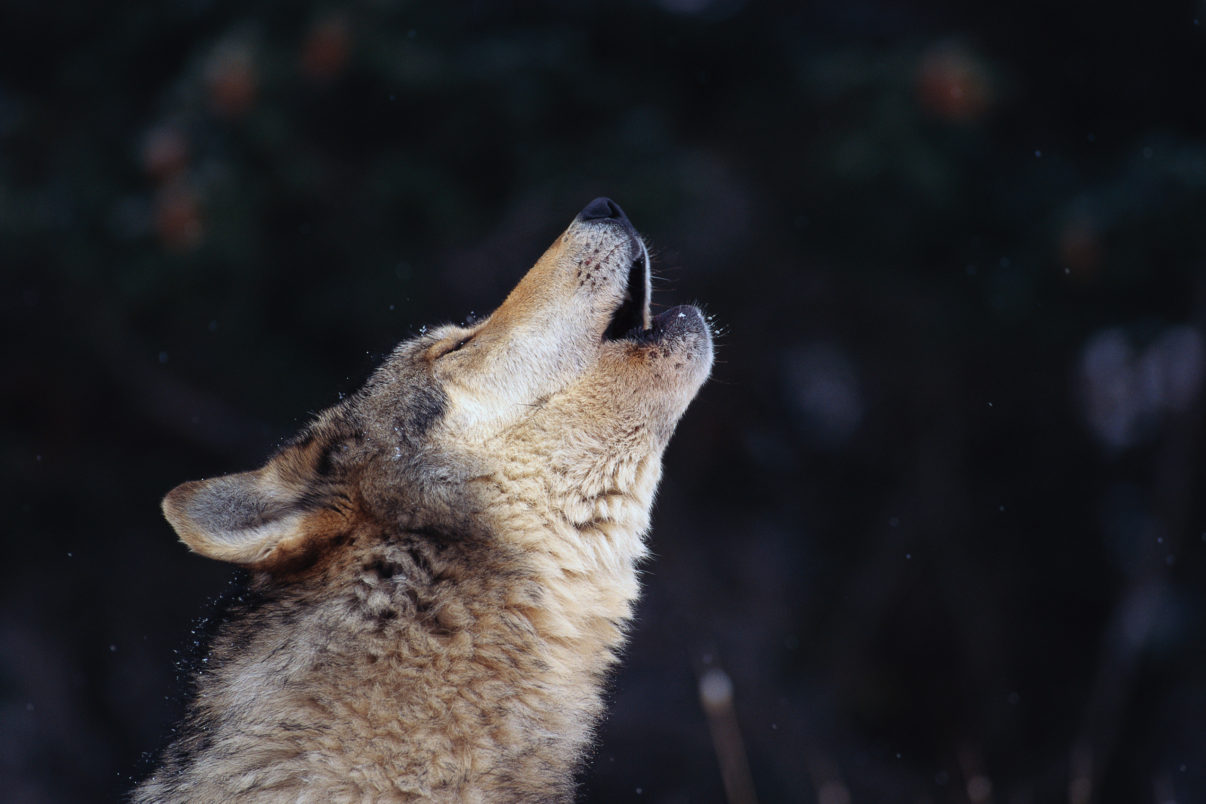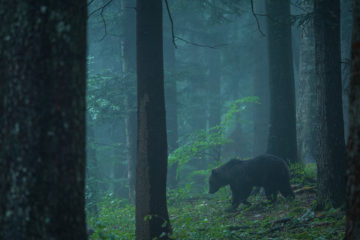When it comes to changing people’s ways of thinking, building public support, creating positive attitudes and engaging with stakeholders, powerful communications is essential. During the latest webinar of the European Rewilding Network (ERN) two members gave insightful presentations on communications best practice.

Rewilding Europe regularly organises webinars for ERN members to discuss rewilding-related topics and share knowledge and experience. The network’s 21st webinar took place on April 1. 15 participants from 10 countries participated in the webinar.
Establishing harmonious relations
Against the backdrop of Europe’s ongoing carnivore comeback, effective communications are particularly important when it comes to establishing harmonious relations between humans and wildlife. This not only means preempting and mitigating human-wildlife conflict, but promoting positive interactions that can really help to strengthen people’s connection with wild nature that surrounds them.
The ERN has recently welcomed two new members whose work involves the improvement of human-carnivore relations – the Return of the Wolf project from Italy, and the Living on the Edge project from Austria. The webinar’s first presentation was made by Francesco Romito, Return of the Wolf’s communications manager and vice president, who discussed the power of effective communications.
“As an organisation, we bet everything on communications to pursue our goals,” says Romito. “We have come to understand how the wolf is an infinite source of stories, each of which we can use to promote the life and behaviour of this special animal in order to increase its public acceptance.”
Optimistic perspective
The Italian also stresses the importance of keeping up with the times and interpreting changes in communications. “Don’t be afraid to dare and experiment with new forms of storytelling,” says Romito.
“In the last few months we have used the media attention focused on the wolf in the eastern Alps – attention based on misinformation and scaremongering – to promote our own events that have been highly popular. We have used the negative publicity to our own advantage.”
Today rewilding captures hearts and minds with its optimistic, forward-looking perspective and the idea that we can work together with nature, not only for the good of nature itself, but people too. The ultimate goal of rewilding-related communications is to encourage people to really engage with rewilding actions and support them.

Captivating imagery
Powerful photography is a key tool when it comes to such communications. It can educate, explain, captivate and, most importantly, inspire. This is the reason that Rewilding Europe places such importance on the consistent use of high quality imagery in all of its published material.
Francesco Romito’s presentation was followed by one from Marc Graf and Christine Sonvilla, founders and coordinators of Living on the Edge. The Austrian initiative released a book in March titled “Coexistence with brown bears in Central Europe”, and has been involved with a wide range of exhibitions, presentations, articles and television productions.
Discussing methods for promoting co-existence with large predators in Central Europe, the pair also stressed the importance of captivating imagery.
“Conservation photographers and filmmakers are the missing link,” says Sonvilla. “They bridge the gap between science and nature organisations and the public. They visualise conservation topics by producing dramatic photography and footage, thereby reaching out to audiences far larger than the scope and capacities of scientists and nature organisations would allow. Cooperation between both parties is vital to yield the best possible communications outcome.”
Empowering the European rewilding movement
The European Rewilding Network has continued to grow since it was founded in 2013. It now contains 68 rewilding initiatives from 27 European countries (including Rewilding Europe’s eight operational areas).
The ERN operates on a stronger together philosophy, promoting rewilding as a conservation approach. Through the year, members meet regularly via webinars to share knowledge, insight and examples of best practice. The presentations from webinars are stored on the ERN Forum, a real-time platform for discussions and exchange between members.
Rewilding Europe extends a warm welcome to rewilding initiatives that are interested in joining the European Rewilding Network.
